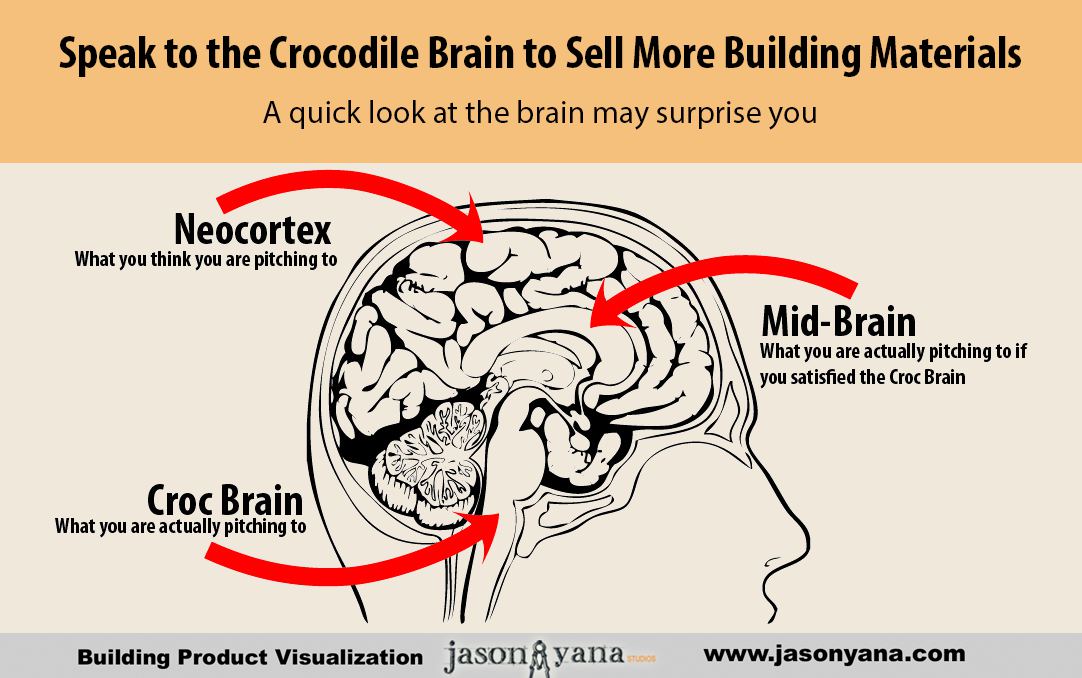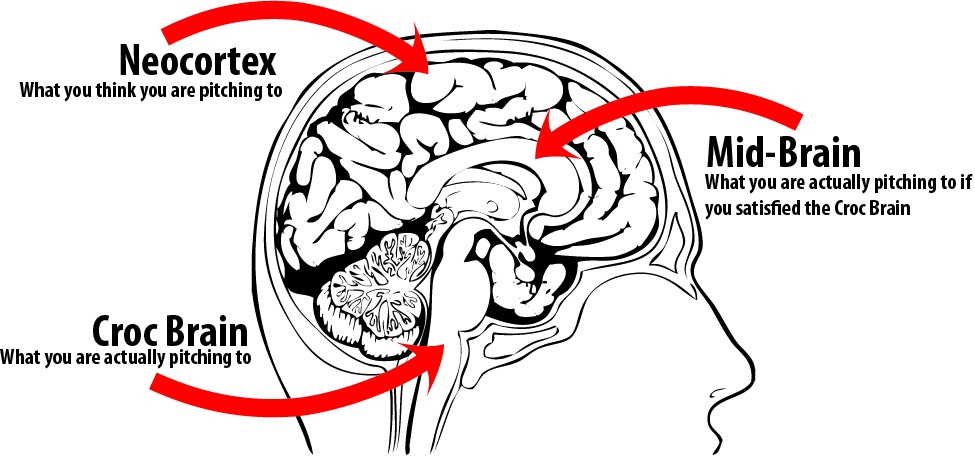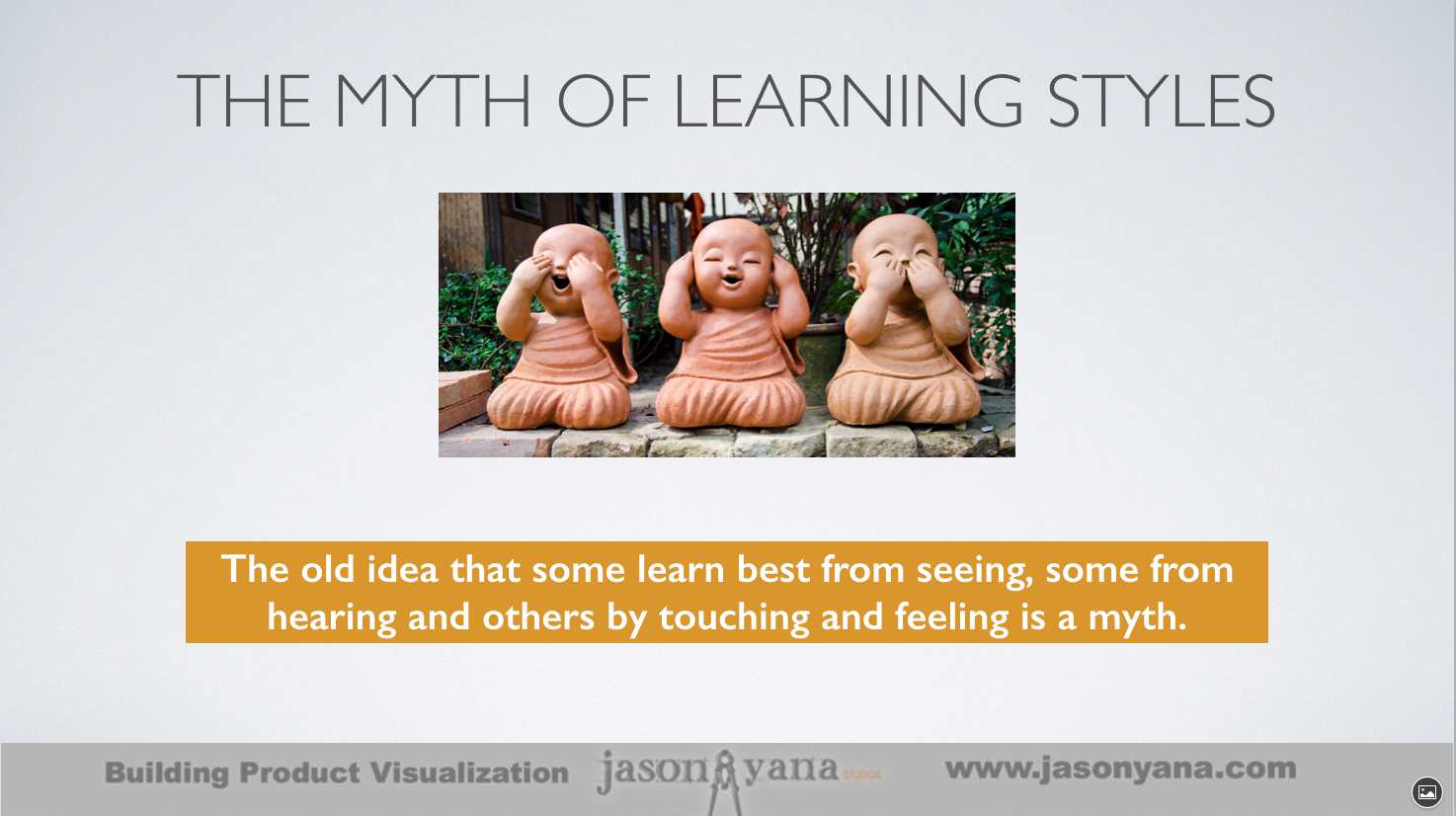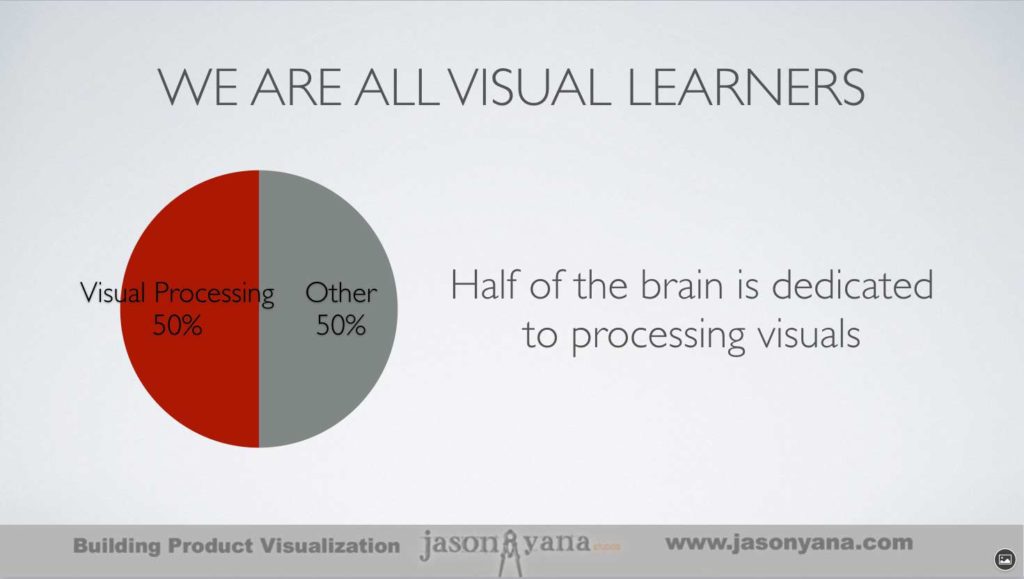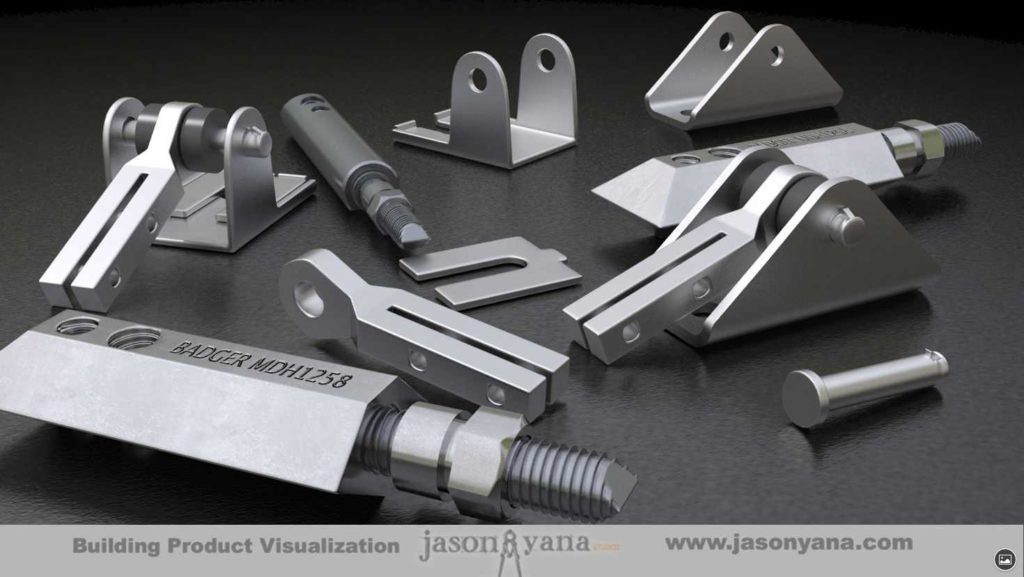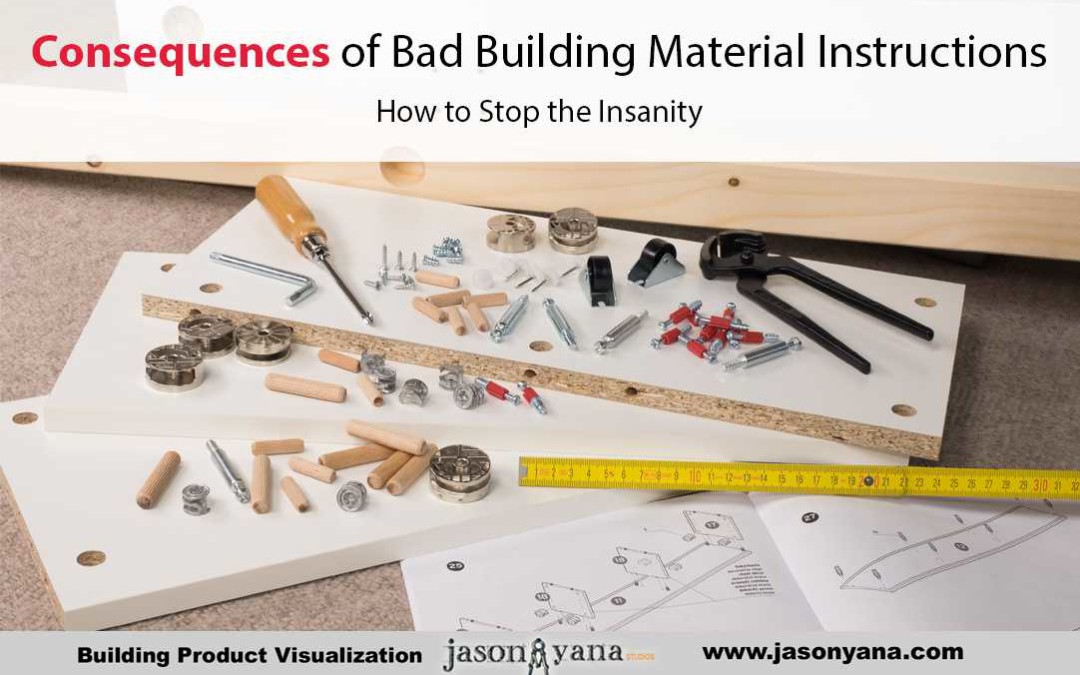6 questions you should be answering to get more quality leads
Is your building materials website currently doing its JOB? Is it attracting architects and contractors and then converting them into a good lead for you to follow up with?
I’m guessing not. Not that it’s your fault. You just did what everybody said you were supposed to do. Or you followed what it looked like everybody else was doing.
It doesn’t seem that long ago that companies were racing to get online. Just getting a website put up, so you appeared to be a viable company.
But as you’ve most likely seen, that’s just not enough anymore. Architects are increasingly looking to your website before anything else, as a way to decide if your product is right for them. So doesn’t it make sense to make sure your website has the information they want and need to make a decision.
Now is the time that you need to step back and think critically about what questions you need to be asking yourself and others in your company. The questions that will help lead you to the answers to drawing more high-quality leads to your website and getting them to “raise their hand,” asking for more information.
Six key questions you should be answering…
1 – How does an architect choose one product over another?
According to a recent architect research report from Venveo, 70% of the architects surveyed said case studies are the most helpful type of content when deciding on what product to spec. The same amount of architects said they felt having a way to order product samples quickly and easily was another factor a manufacturer’s website should have.
According to building materials marketing expert, Mark Mitchell, when we look at what the primary motivation of most architects, their main concern is their reputation.
The overarching thing that helps an architect make the sometimes tough decision to risk their reputation and specify a new or unfamiliar product is to have a better understanding of it. Knowing how it works… How it fits into the overall picture of the building project they are designing…
If your website can help them get to that point of better understanding your product, then if and when they finally do call you, the conversation can be a much different one. Instead of starting at ground zero – explaining your product’s features and benefits – they’re coming to you with that base knowledge already in their head.
And they’ll just be looking for clarification on how your product can best solve their specific situation.
And as we’ve discussed before, in a previous blog post, video is a proven way to get your prospects to understand your product.
2 – How does an architect research your products online?
Does he Google it, or does he go to an online product site like ARCAT.com, or Sweets?
If you’ve been reading my blog for a while, you’ve heard me talk about how the “old school” Sweets catalogs were the catalyst that inspired me to take the path I’m now on – Helping building material manufacturers like you better explain your products through visualizations.
But how viable are directories like Sweets and ARCAT anymore? Do architects still use them like you think they do?
If you were to walk into any architecture firm today, chances are you’d see a lot of empty shelves where the directories and vendor catalogs used to be. Unless, of course, they have an interior design department…
The interiors folks still tend to have many sample books on hand, since their role requires having something a client can see and touch first hand, so they can “sell” them on using it. That might be a good clue — if you have something that requires good visuals to sell through the architect or designer… that might be a good thing to get into your prospects’ hands…
But for the most part, architects are going to your website for the most current information (and education) they can get their hands on.
3 – What can a manufacturer do to help architects?
This question is key. You need to focus your time and attention on answering this big question. How do you do that?
Ask the architects. Send out short surveys to your e-mail list to get feedback… (You are collecting leads on your website aren’t you?!? That’s another post altogether, but for now just know that you need to be doing that…) Add a pop-up survey on your website asking a few key questions to see what you could do differently.
A great book to read on how to find out exactly what your customers want is “Ask” by Ryan Levesque. (Highly recommended.)
So find out what it is they’re looking for. Are there certain tools or reference guides regarding your product that you could add to your website or handouts that you could brand and serve as a resource he or she will keep coming back to?
4 – What can a building product manufacturer do to better his odds of getting specified?
E-D-U-C-A-T-E. That’s the best and most prevalent advice you’ll find out there. You have to educate your prospects – without selling them. Of course, there’s a time when you do have to ask for the sale, but first you need to be a resource to them.
Once they know, like, and trust you, then they’re much more likely to specify your products and keep returning to you to learn more about how your products can solve their problems. Don’t underestimate the power of this one.
Of course, you’ll want to refer back to the last question to figure out exactly which topics they’re most interested in.
5 – Do architects still want AutoCAD details?
The simple answer is “Yes.” Although many architects have moved to 3D programs, like Revit, they still put their detail sheets together as 2D drawings. It’s here that your AutoCAD details can help guide them, and show how your product might interface with the other materials in their project.
So these 2D details are still a necessity, but certainly not the only CAD resource you need to provide. And certainly not the only visuals you should use to make sure the architect knows how your product fits into their project.
6 – How does BIM come into play with all of this? Is it worth your investment?
Here’s where that annoying answer comes in: “It depends.”
It depends on your product…
Some architects working on smaller projects, might grab your product’s Revit family and drop it into their model. But this is typically limited to equipment and stand-alone objects.
If you have a component that is a part of a wall system, it’s unlikely they’ll be looking to use that. However, if you have a finish product, they would definitely like to the ability to include your product’s finish and or patterns in their renderings.
It can also depend on the firm. Not all firms who use Revit are using BIM. Often, a firm will limit how many manufacturer-produced Revit families an architect can use in their project’s Revit model. If there’s too much information plugged into a large model, it can start to bog it down.
This is just one more reason you need to gain an understanding of who your target market is and what they need from you.
Conclusion
It’s a new world out there, and our industry is constantly changing. The successful building material companies will be the ones who learn to adapt and change with it. We’ve covered several things here that you can do right now to make sure you’re among the successful ones…
Make sure you clearly identify who your target market is. Connect with them and ask them what they’re looking for and how you can be most helpful. Find the gaps and fill them. You can be the resource they come to. You just need to approach your marketing plan with clarity as the main goal.
Clarity for you: who your prospect is and what they want.
Clarity for your prospect: who you are and how your products and services can provide them with the solutions they need.

